Savoring Thailand's Culinary Symphony: A Journey Through
Introduction:
When it comes to culinary adventures, Thailand is a paradise that beckons food enthusiasts from across the globe. The intoxicating aromas, vibrant flavors, and artful presentations of Thai cuisine are nothing short of a gastronomic symphony. From bustling street food markets to exquisite fine-dining establishments, Thailand's culinary scene offers a kaleidoscope of tastes that will tantalize your taste buds and leave you craving for more. In this blog, we'll take you on a delectable journey through the mouth-watering food of Thailand that will leave you yearning for a taste of this delectable paradise.
1. The Fiery Elegance of Tom Yum Goong:

Prepare your palate for a burst of flavors with Thailand's iconic Tom Yum Goong. This invigorating soup boasts a harmonious blend of spicy, sour, and savory notes, with succulent prawns and aromatic herbs dancing in the broth. Each spoonful of this dish is a thrilling adventure for your taste buds.
2. Pad Thai: A Triumph of Taste and Texture:

No exploration of Thai cuisine is complete without savoring Pad Thai, the nation's beloved stir-fried noodle dish. Tender rice noodles mingle with shrimp, tofu, egg, and a symphony of spices, all topped with crushed peanuts, fresh lime, and a touch of chili for that perfect balance of sweet and savory.
3. Green Curry: A Symphony of Spice:

Indulge in the creamy decadence of Green Curry, a rich coconut-based stew brimming with tender pieces of chicken, aromatic herbs, and vibrant vegetables. The interplay of fresh basil, green chilies, and fragrant kaffir lime leaves creates a melody of flavors that's simply irresistible.
4. Som Tum: Vibrant and Refreshing Papaya Salad:

For a burst of freshness, dive into Som Tum, a zesty green papaya salad. The combination of shredded papaya, crunchy peanuts, tangy lime, and a kick of chili creates a medley of flavors that dances on your palate, leaving you craving more of its refreshing allure.
5. Massaman Curry: A Royal Indulgence:

Hailed as the "King of Curries," Massaman Curry is a sumptuous creation that combines tender chunks of meat, typically beef or chicken, with a luxurious blend of spices, coconut milk, and roasted peanuts. The result is a dish that's both hearty and sophisticated, a true masterpiece of Thai cuisine.
6. Mango Sticky Rice: Sweet Perfection:

Indulge your sweet tooth with the heavenly Mango Sticky Rice. Juicy ripe mango slices are paired with fragrant sticky rice, drenched in creamy coconut milk, and garnished with sesame seeds for a dessert that's a perfect finale to any Thai meal.
7. Street Food Extravaganza: Flavors on Every Corner:

Venture into Thailand's bustling street food markets, where an array of delectable treats awaits. From savory skewers of grilled meat to crispy spring rolls, tantalizing noodle dishes, and exotic fruit shakes, the vibrant street food scene is an adventure that promises a whirlwind of flavors.
Conclusion:
Thailand's culinary landscape is a mesmerizing tapestry woven with passion, tradition, and an unparalleled appreciation for flavors. From the humble street food stalls to the most opulent dining establishments, each dish is a testament to Thailand's culinary heritage. Embark on a journey through these mouth-watering delights, and let your taste buds be your guide as you savor the captivating symphony of Thai cuisine. Book your gastronomic adventure to Thailand today and let the flavors of this enchanting nation weave their magic on your palate.
Read more>>
👉 Experience Enchanting Escapes: Unveiling Thailand's Exquisite Gems for Your Perfect Short Getaway
👉 Unveiling Thailand's Breathtaking Wonders: 7 Fascinating Facts That Will Leave You Awestruck
👉 Immersing in Majesty: Unveiling the Mind-Blowing Cultural Tapestry of Thailand
👉 Savoring Thailand's Culinary Symphony: A Journey Through Mouth-Watering Delights
👉 Thailand's Economic Ascendance: Navigating the Business and Finance Landscape
👉 Thailand Unveiled: Navigating the Highs and Lows of Current News
BEST RESTAURANT FOR INDIAN TOURIST:
1. Mrs. Balbir’s
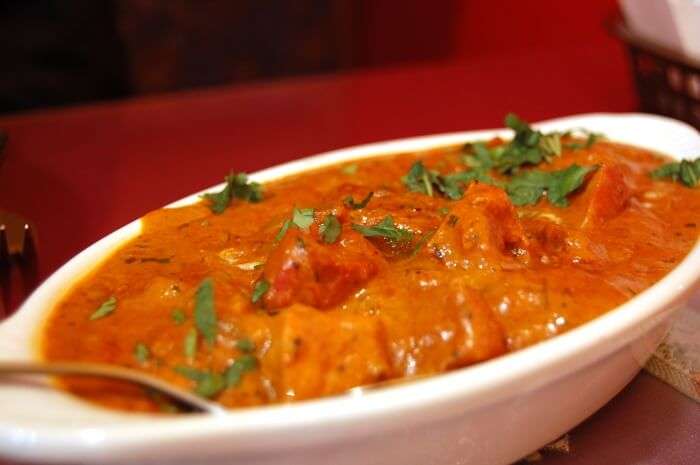
Anywhere we travel to, we Indians can’t live without Indian food. But you need not worry while you are on a holiday in Bangkok because Mrs. Balbir has got your back. Not just authentic Indian flavors, you will also find a homely touch in her meals making it the best Indian restaurant in Bangkok, Thailand. From non-vegetarian curries, Indian-Chinese fusion to a variety of vegetarian dishes, you would want to order everything on the menu.
Must try: Chicken Curry, Malai Matar
Features: Card accepted, Home delivery
Address: Soi Sukhumvit 11, Khwaeng Khlong Toei Nuea, Khet Watthana, Krung Thep Maha Nakhon
Meal for two: INR 1,800
Timings: 11 AM – 11 PM
2. Steve Cafe and Cuisine
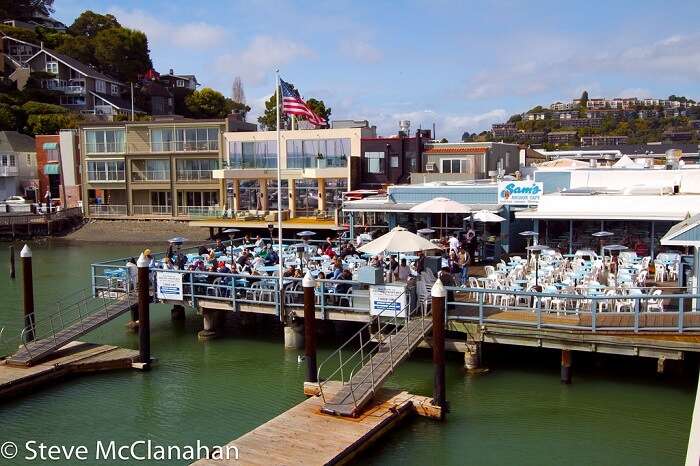
Why should visit this restaurant beside the fact that it is the best local Thai restaurant in Bangkok is because it is reasonably priced and located in the most romantic settings on the dock. Enjoy sumptuous seafood and authentic Thai delicacies in peace and away from all the bustles of the city by the river. One of the best restaurants in Bangkok Thailand, choose it over any of the 5-star restaurants and you won’t regret.
Must try: Spicy minced pork with herbs, lotus stem soup with shrimp
Features: Cards accepted, Outdoor seating, Takeout,
Address: 68 Sri Ayuthaya Road, Soi Sri Ayutthaya 21, Bangkok, 10300
Meal for two: INR 2,165
Timings: 11 AM – 11 PM
3. Tazzina
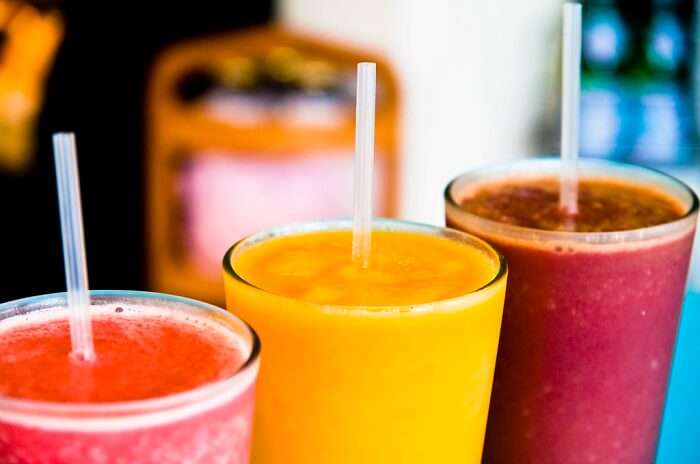
If you are bored having local Thai cuisine and crave for simple cafe food, Tazzina in Silom is the place to go. The cafe serves lip-smacking European and vegetarian dishes all day. You will keep coming back to this place for good coffee, flavoring smoothies, and yes, pancakes. They dish out a variety of dishes made from eggs.This Bangkok Thailand restaurant is a good place to start your day with some coffee and delicious brekkie.
Must try: Poached eggs, Smoothies
Features: Cash only, free wi-fi
Address: Soi Phiphat 2, Silom, Bangrak, Bangkok 10500, Thailand
Meal for two: INR 1,000
Timings: 7 AM – 5 PM
4. Tandoori Flames
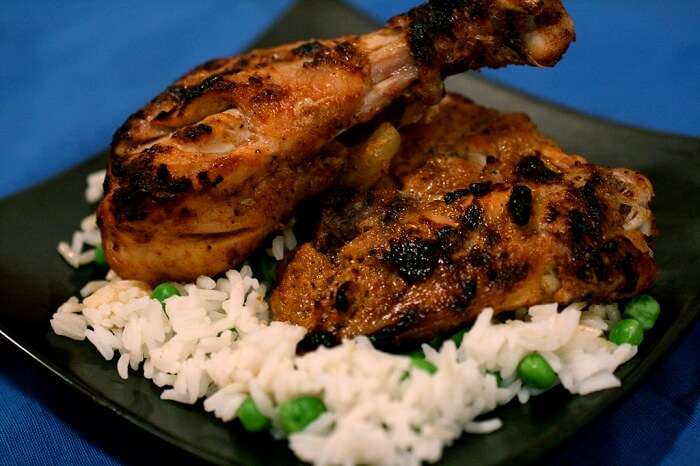
Craving some Tandoori Chicken in Phuket? Tandoori Flames is one of the best restaurants in Phuket, Thailand to enjoy scrumptious Indian cuisine. Located inside a resort, the restaurant has a spacious sitting area and desi decor which will make you feel at home. Treat yourself to mouthwatering kebabs, curries, dal makhni, and garlic bread.
Must try: Chef’s special chicken curry, Malai Tikka
Features: Cards accepted, serves alcohol
Address: Thaweewong Rd, Tambon Patong, Amphoe Kathu, Chang Wat Phuket 83150, Thailand
Meal for two: INR 2,100
Timings: 12 PM – 11 PM
5. OSOT
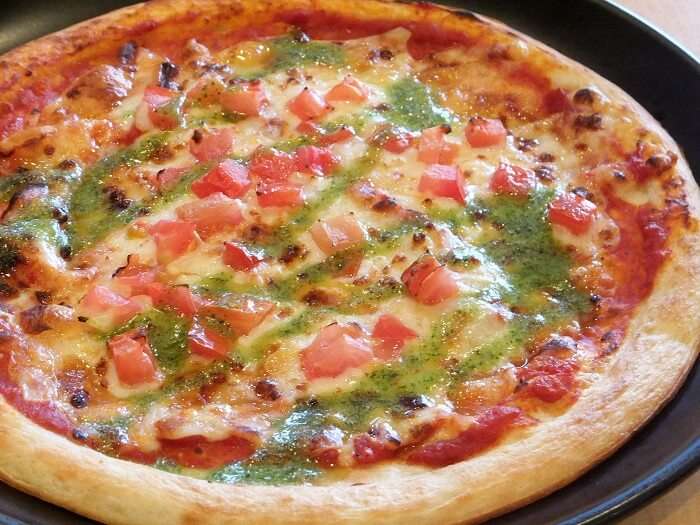
OSOT is the perfect place in Thailand for fast food hankering. After you have had enough of Thai and seafood, enjoy the European and American cuisine at this restaurant in Thailand. Feast upon cheesy pastas, delectable pizzas, and garlic bread along with a bottle of wine and you are good to go.
Must try: Pizza Margarita, Lemon Iced Tea
Features: Child-friendly, serves wine and beer
Address: 40 Phuket Road, Talad Yai, Phuket Town, Phuket 83000
Meal for two: INR 1,700
Timings: 5 PM – 11 PM
6. The Tavern
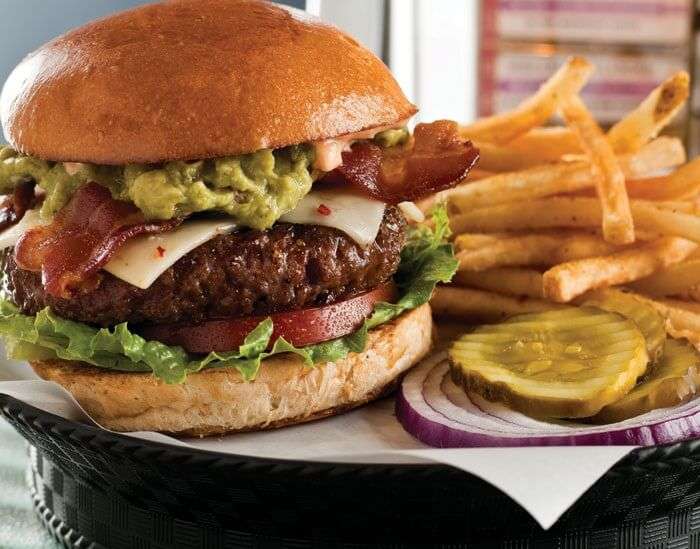
The Tavern makes one of the best restaurants in Thailand because of its lively atmosphere and comfort food. Head to this restaurant on Kata Road to have a fantastic night of watching sports, booze, and great food. Since it is a sports bar, you can also enjoy watching sports and playing pool and games.
Must try: Burgers, Ribs
Features: Cards accepted, outdoor seating
Address: Kata Road, Soi Ton Tan | Soi Malisa, Kata Beach, Karon, Phuket
Meal for two: INR 1,000
Timings: 4 PM -12 AM
7. Karma Indian Restaurant
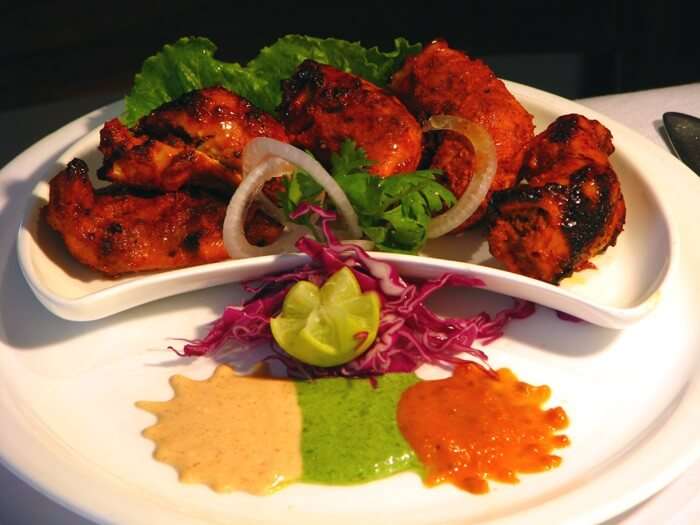
An authentic Indian restaurant in Pattaya, Thailand, Karma Indian Restaurant is where you can gorge upon mouthwatering kebabs and tikkas. It is a paradise of every Indian foodie who can’t live without Dal Makhni or Shahi Paneer. While the portion sizes are more than satisfactory, the whole ambiance gives you a homely feel in the foreign land.
Must try: Fish Tikka, Veg Thali
Features: Cards accepted, Outdoor seating
Address: 109 Pattayasaisong Rd, Bang Lamung District, Chon Buri 20150, Thailand
Meal for two: INR 362 – INR 1,302
Timings: 10 AM- 4 AM
8. Pirate Bay Cafe

Looking for a great place to chill and dine? Pirate Bay Cafe is one of the coolest Thailand restaurants where you can enjoy both cocktails and coffee. The pirate-themed restaurant in Thailand will not only impress you with its delicious food and service but also the interior of sunken ships. Even the staff is dressed like pirates which is so cool.
Must try: Pizza, American Breakfast
Features: Cards accepted, Alfresco dining
Address: 410/49 Thappraya Rd, Muang Pattaya, Amphoe Bang Lamung, Chang Wat Chon Buri 20150, Thailand
Meal for two: INR 1,200
Timings: 7 AM – 11 PM
For more Restaurant in Thailand: https://traveltriangle.com/blog/restaurants-in-thailand/







.jpg)








































